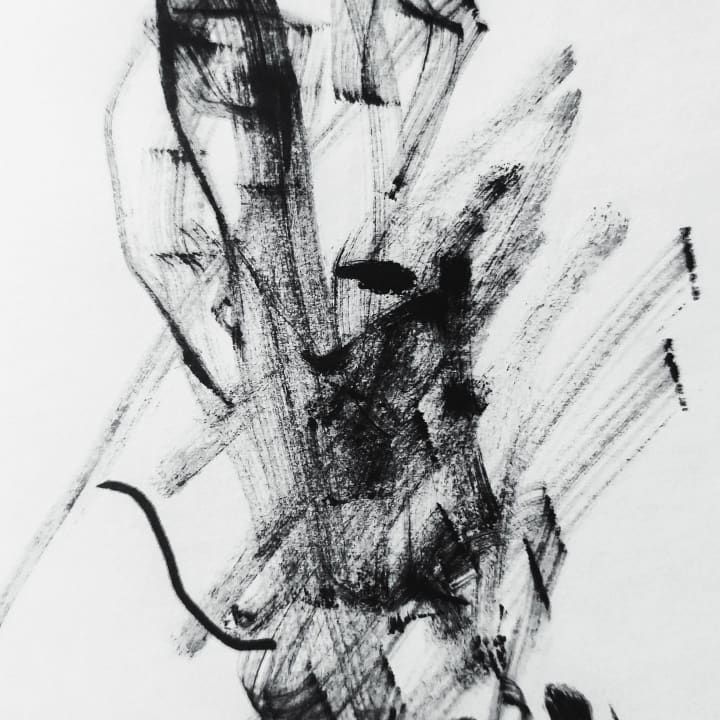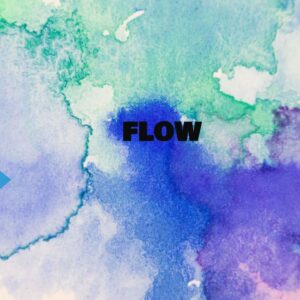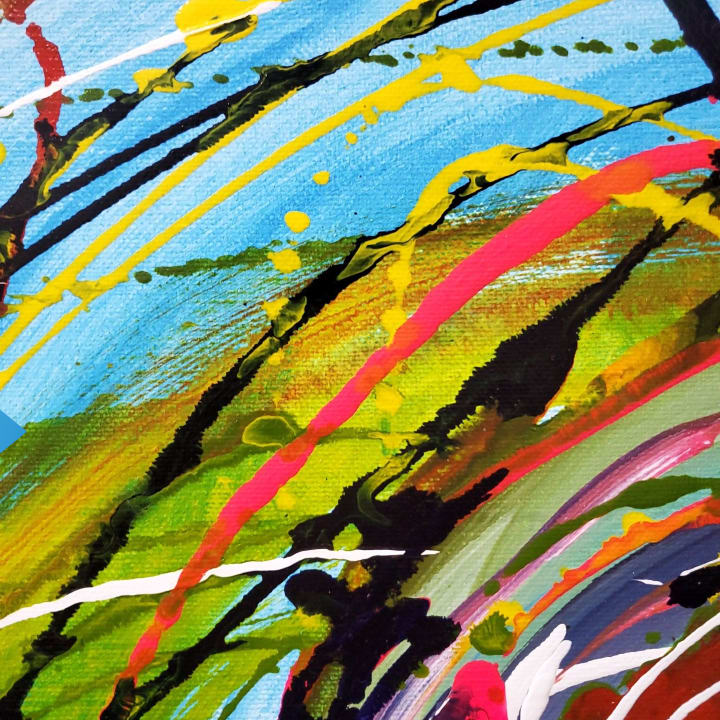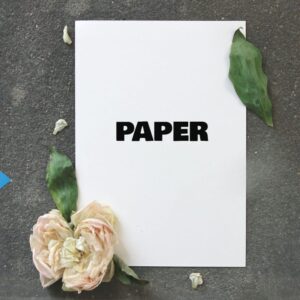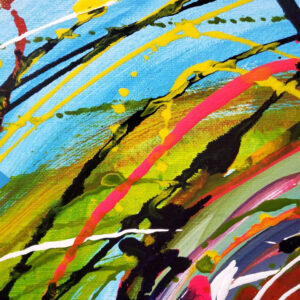Watercolor techniques improve as time passes

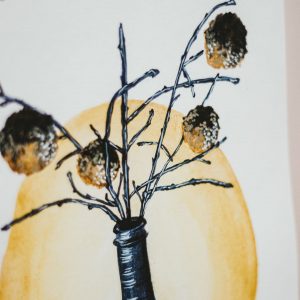 The following are the most popular watercolor techniques that have been developed by the artist themselves:
The following are the most popular watercolor techniques that have been developed by the artist themselves:
1. Wash Technique
It was developed by Albrecht Durer, a German artist. It permits overlapping layers of highly diluted pigments to a more refined level. It started in the early 16th century. In the 18th century, wash became the vehicle for color and the whiteness of the paper is reserved for highlight purposes.
2. Aquarelle Technique
It was mastered and developed by John Cotman and J.M.V Turner, both English artists. Aquarelle technique is more concentrated on thin washes.
3. Watercolor Technique with oil and acrylic based paint
It started at around 19th and 20th century. It dilutes oil paint with solvent to give a washy thinness. It is the newest watercolor technique that is used nowadays by some artists around the world. It also allows the paint to flow freely over the painting surface. Most schools around the world are more concentrated on teaching this technique to their students. Pablo Picasso and John Miro mastered this technique.
Watercolor techniques are combined with reiteration of the themes and styles developed. Many artists never stop to experiment on new2 materials and forms of expression. The watercolor technique will be chosen by the artists themselves. It is important because they are the ones who know what technique is applicable for their masterpiece. Amateur artists may also attend workshops in order to learn more about these techniques.
Watercolor techniques improve as time passes. Several ways are used in order to create a new set of development. With the help of these new improvements, several artists nowadays are getting more inspired to create watercolor paintings. Even the younger children try it out for themselves.
Watercolor brings a different vibrant to paintings creating a surreal approach to the eyes of its audience. Using the watercolor techniques, paintings became more interesting and relaxing to see. It shows the creativity of the artists in the whole world. It gives a new dimension for the artists to showcase their talent. With their watercolor paintings, many people are filled with joy and inspiration.
Watercolor techniques are ways to create a masterpiece. It’s in the hands of the artist to use it evenly on the paper with its chosen theme. If effectively done, the artist will surely create a majestic piece of art that can be enjoyed by its audience. Indeed, using the watercolors, such artists can create and express themselves better with their paintings. It is a medium that can easily be used by everyone that enjoys and loves painting.
With the help of these medium, people can divulge themselves to a new innovation in art. With the help of the watercolor, it moves freely in the hands of the artists.
